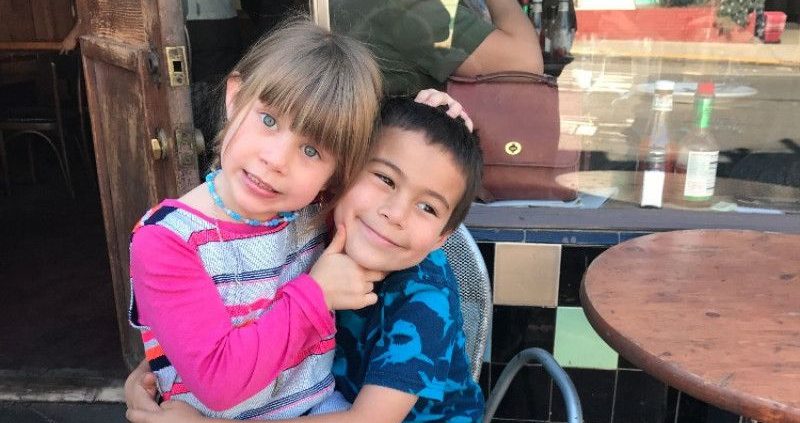Crowdfunding is one of those ideas that sounds simple but changes everything. It’s people pooling small amounts of money to make something happen—sometimes for a good cause, sometimes for a new business, and sometimes for an idea that just deserves a shot.
You could say it’s a mix of community and technology. A large number of people chip in online to help fund creative projects, small business launches, or nonprofit initiatives. Platforms like GoFundMe, Kickstarter, and Indiegogo make it possible for anyone to start a crowdfunding page from their phone or laptop.
It’s funny, most people use crowdfunding without even realizing it. Bake sales, online fundraisers—it’s all the same spirit, just faster.
And the best part? You can share it in seconds on social media. A quick post, a heartfelt video, a link. Suddenly, your story travels farther than it ever could through traditional funding channels.



